4 Ton & 5 Ton Overhead Cranes for Sale Hong Kong
Overhead crane for sale Hong Kong. How can Yuantai Crane stand out among STAHL Crane & ABUS Crane? Serve the customer wholeheartedly, and she/he will feel it.
Initial Inquiry
It is on 25 th, June in 2020, Mr.Jeff contacted us and sent us the inquiry about of 5 ton & 4 ton single girder overhead crane for Hongkong .
The main specifications of overhead cranes for Hong are as following:
Single girder, 2x5T on one girder x 4 sets,1x4T on one girder, Lifting height 8.5m approx.
Delivery to Hong Kong
- Location: Workshop Section 2 -5 Number of Crane: 2 units Loading: 5T wire hoist span of crane: 12MTravel:40M Approx Lifting Height: Min 8.5m
- Location: Workshop Section 6 -8Number of Crane: 2 units Loading: 5T wire hoist Span of crane:12MTrave: 36M Approx Lifting Height Min 8.5m
- Location:Battery Room at section 8 Number of Crane: 1 unit Loading:4T wire hoist span of crane.2.8M max Travel:4.6M Approx lifting Height.8M
- Standard: British Standard and BSEN standard
Inquiry analysis
Based on the information provided about Hong Kong overhead crane projects, we have did a very thorough analysis. The key points are mainly involved with the three points: crane types and quality:- Single girder overhead crane, 5 sets.
- Detailed Specifications of overhead crane needed for Hong Kong should be confirmed.
- Crane standards : Standard-BS and BSEN.
On Crane standards -ISO,EN,BS,BSEN,
ISO standards refer to standards formulated by the International Organization for Standardization (International Standard Organization, ISO). The International Organization for Standardization is a worldwide federation of national standardization bodies with 140 member countries. According to the articles of association of the organization, each country can only have one most representative standardization body as its member, and the former State Bureau of Quality and Technical Supervision participates in ISO activities in the name of CSBTS.
EN is European Norm European standard. The composition of the European standardization system mainly includes the European Committee for Standardization (CEN), the European Committee for Electrotechnical Standardization (CENELEC), the European Telecommunications Standards Institute (ETSI), the national standards bodies of European countries, and some industry and association standards groups . CEN, CENELEC and ETSI are the most important standardization organizations in Europe, and they are also the standardization bodies entrusted with the development of EU harmonized standards.
What is the relationship between EN and CE: The product can only get CE certification after passing the EN test standard. The development of any certification is based on certain standard requirements. It is judged by the conformity of the standard whether the product can pass the certification, and the CE certification is not different! Then the standard on which the CE certification is based is the EN standard, the national compulsory certification (CCC). Certification) is based on the standard GB.
BS is a standard developed by the British Standards Organization BSI.
BSEN-Britain is a member of the European Union, so it often converts (equivalently adopted) the EU standards into its own standards. Strictly speaking, it is a British standard adopted by the British Standards Institute (BSI) from EN.
Initial quotation based on the following specifications
5 ton European type single girder overhead crane
- Lifting capacity of overhead crane :5T
- Lifting height of overhead crane :9m
- Span of overhead crane :12m
- 220v 6OHz 3P
- FEM 2M(ISO M5)
- Remote control
- P18Rails with bolted clamps and welding plates: Travelling Distance: 40m&36m Travelling Distance: 5m,
- 6mmSeamless bus bar system: Travelling Distance: 40m&36m Travelling Distance: 5m,
4 ton European type single girder overhead crane
- Lifting capacity of overhead crane :4T
- Lifting height of overhead crane :8m
- Span of overhead crane :2.8m
- 220V 60Hz 3P
- FEM2M(iSO M5)
- Remote control
- P18Rails with bolted clamps and welding plates: Travelling Distance: 40m&36m Travelling Distance: 5m,
- 6mmSeamless bus bar system: Travelling Distance: 40m&36m Travelling Distance: 5m,
Detail confirmations
Hi Jeff,
1.What is the country of origin for the motor and control system?
The motors are our self-developed and manufactured SZW brand, main advantages are listed below in question No.3.The brand of main electric contractor is Schneider.
The brand of remote control is Telecrane, Taiwan brand, most popular and widely sued in crane market.lf your client insists on using other brand, please name it and l can check for you.
2.ls it possible to use European made motor as well as control system as an option?
Yes, we can use ABM motor for lifting mechanism and Siemens motor for crane travelling mechanism.For these motors, please expect at least 7 weeks in delivery of just the motors.
3.Can you elaborate more on your system's performance?
- Compared with ABM lifting motor (dual speed), our lifting motor is inverter controlled,which meets your client's demand.
- our motor is three-in-one motor, with planetary reducer built in drum. lt leads to high transmission efficiency and high precision,
- lower noise (as low as 65dB), and good sealing (no oil leakage). so far, we received no negative feedback on the self-developed motors.
- Our motor has a quicker lead time and complete spare parts can be delivered sooner than ABM and Siemens.
- For your information,ABM and Siemens have started factories in China, in a word, it is international brand made in Chin. These brands did not start with crane catered motors.And they only started developing motors for cranes in recent years.
- Last but not least, since 2012, we have exported our European-spec crane (with our self-developed motor) to countries like UK, France, Poland, Australia, Argentina and etc.Feedback on crane and motor performance is positive.
l hope the above information helps you and your client's understanding of our products. Thanks!
On motors and electric standards
IEC- International Electro technical Commission is the abbreviation of the International Electrotechnical Commission, corresponding to the standards formulated by the International Organization for Standardization, mainly the international standards understood by electricians. The coverage is Europe and other countries.
IEEE-Institute of Electrical and Electronics Engineers is the abbreviation of the Institute of Electrical and Electronics Engineers. The standards formulated involve space, computer, telecommunications, biomedicine, power and consumer electronics. Covering more than 150 countries and IEC are similar, but bigger and more complete
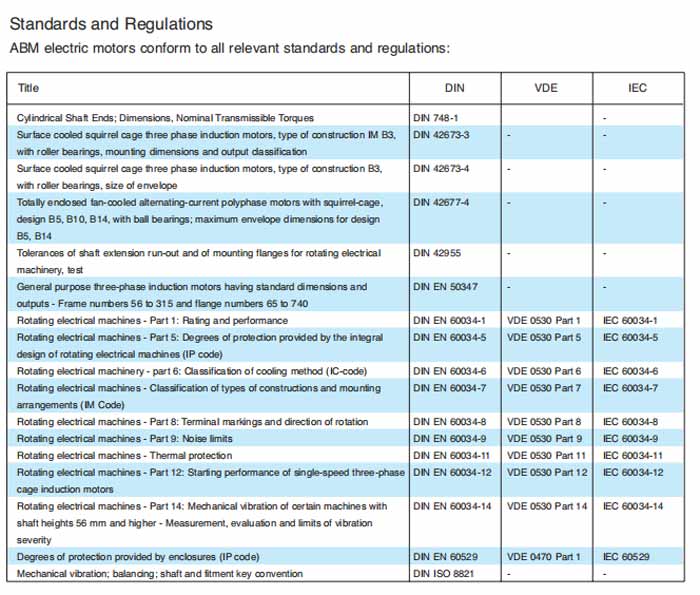
Crane solutions comparison among ABUS & STAHL Crane
Besides Yuantai Crane, there many strong competitors such as ABUS Crane &STAHL Crane from Germany. After two times of quotations, from the feedback of the clients, we know we are not favored by the end users.
First time, the end used prefer to choose Germany crane manufacturer, ABUS Crane, Well-known brand in Germany.
The second time, the end user is reluctant to give up Germany overhead crane from STAHL. For he believes that the overhead crane made in Germany with lower prices are still good.
 ABUS CRANE
ABUS CRANE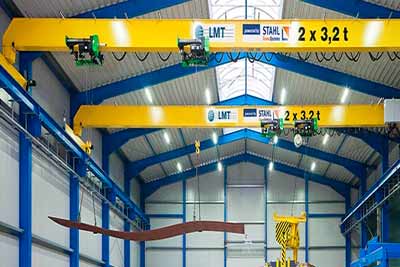 STAHL Crane
STAHL CraneHow we convince the end user to choose us but not STAHL Crane & ABUS Crane on the Hongkong Overhead Crane Project?
First of all, we believe and are very confident that except DEMAG Crane & KONE Crane , comparing with other brands - the overhead crane solution of Yuantai Crane is a relatively more suitable for the Hong kong Overhead crane projects.



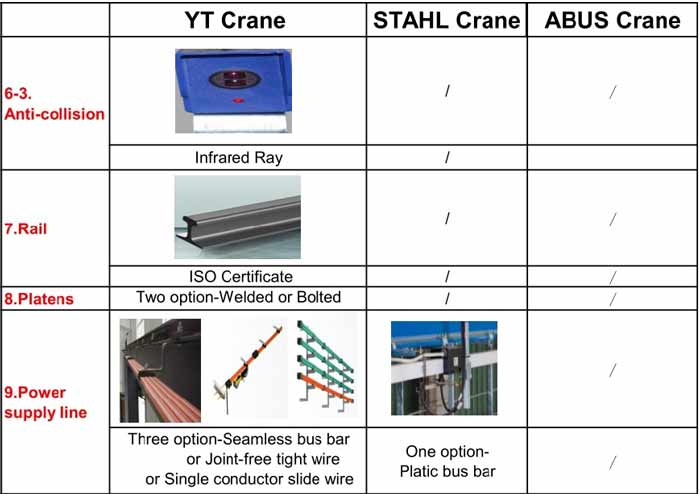
On supporting beam
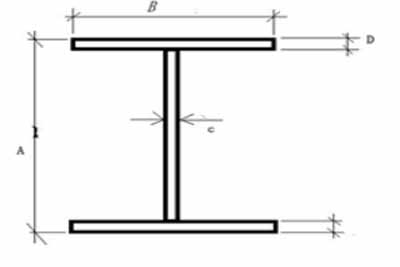 Crane rail
Crane rail Crane runway
Crane runway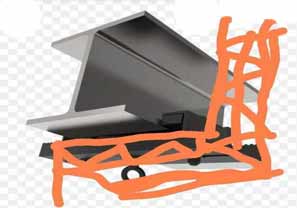 Hanging rail
Hanging rail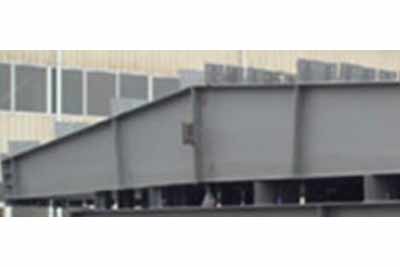 crane girder
crane girderOn Crane inspections & Maintenance
- Metal structure:2~ 3 times a year.
- Lifting and Travelling mechanism: 5-6 times a year.
- Crane and trolley track:2~ 3 times a year.
- Electrical parts: based on working level of crane and environmental conditions
- Daily maintenance is carried out by operator in daily shift changes
On crane productions

Main girder of the 4 ton & 5 ton overhead crane for sale Hong Kong

End carriages of the 4 ton & 5 ton overhead crane for sale Hong Kong

Trolley frame of the 4 ton & 5 ton overhead crane for sale Hong Kong
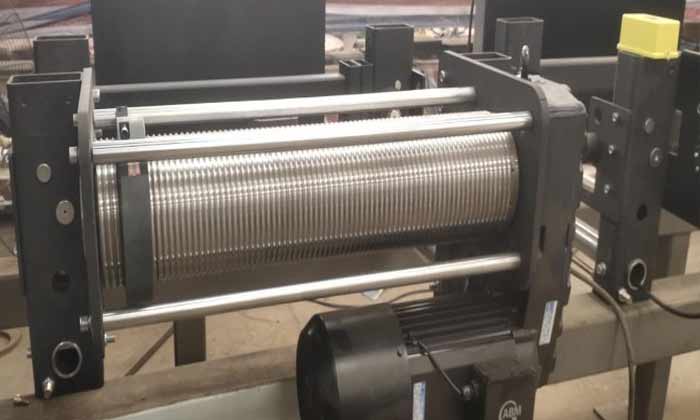
Hoist drum of the 4 ton & 5 ton overhead crane for sale Hong Kong
Serve the customer wholeheartedly, and she/he will feel it.
For 34 years experiences, Yuantai Crane has won trust and cooperation world widely. We always believer to provide quality overhead cranes and hoists and service the customers with our heart and soul is the key to successful. How can Yuantai Crane stand out among STAHL Crane & ABUS Crane? Serve the customer wholeheartedly, and she/he will feel it.




